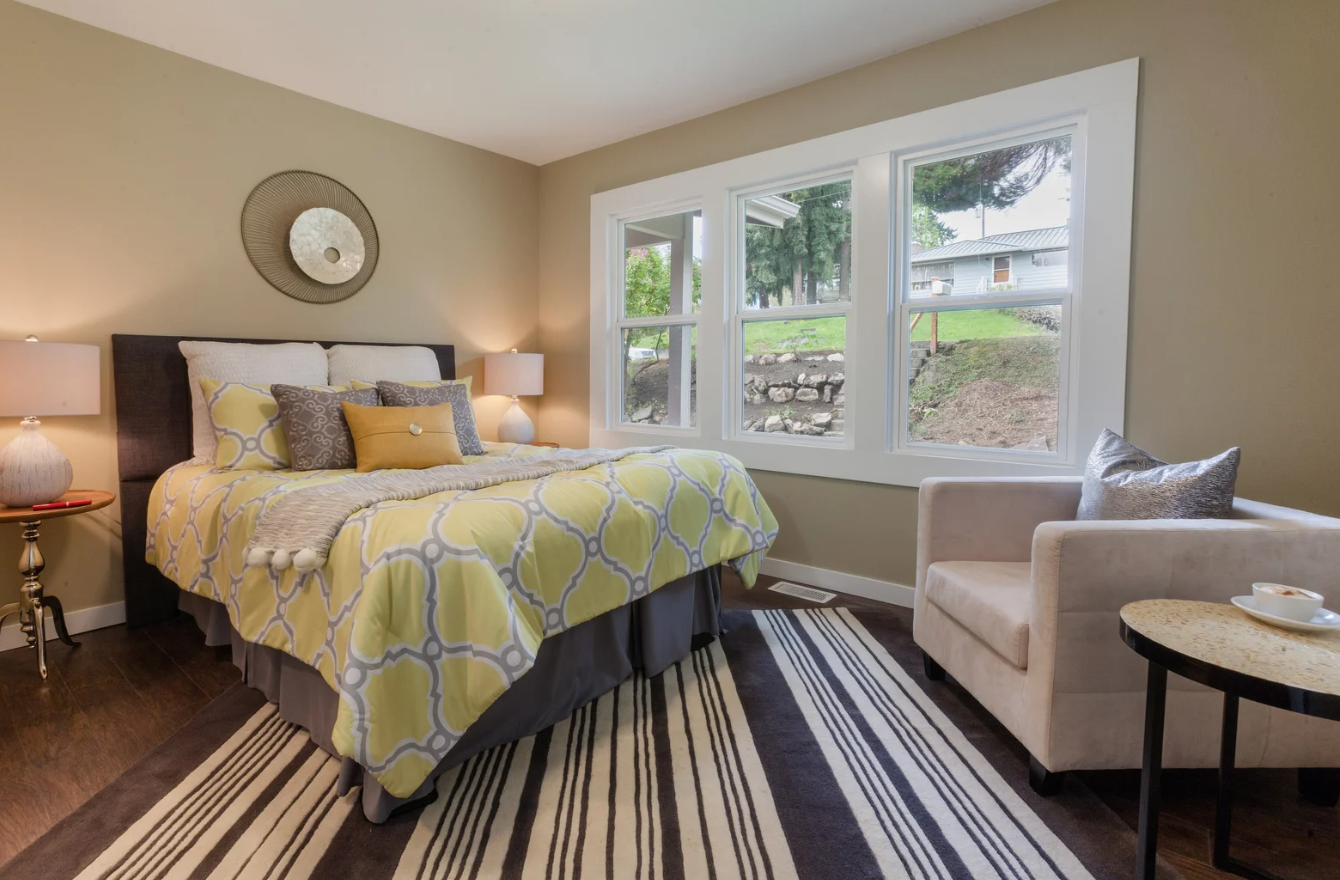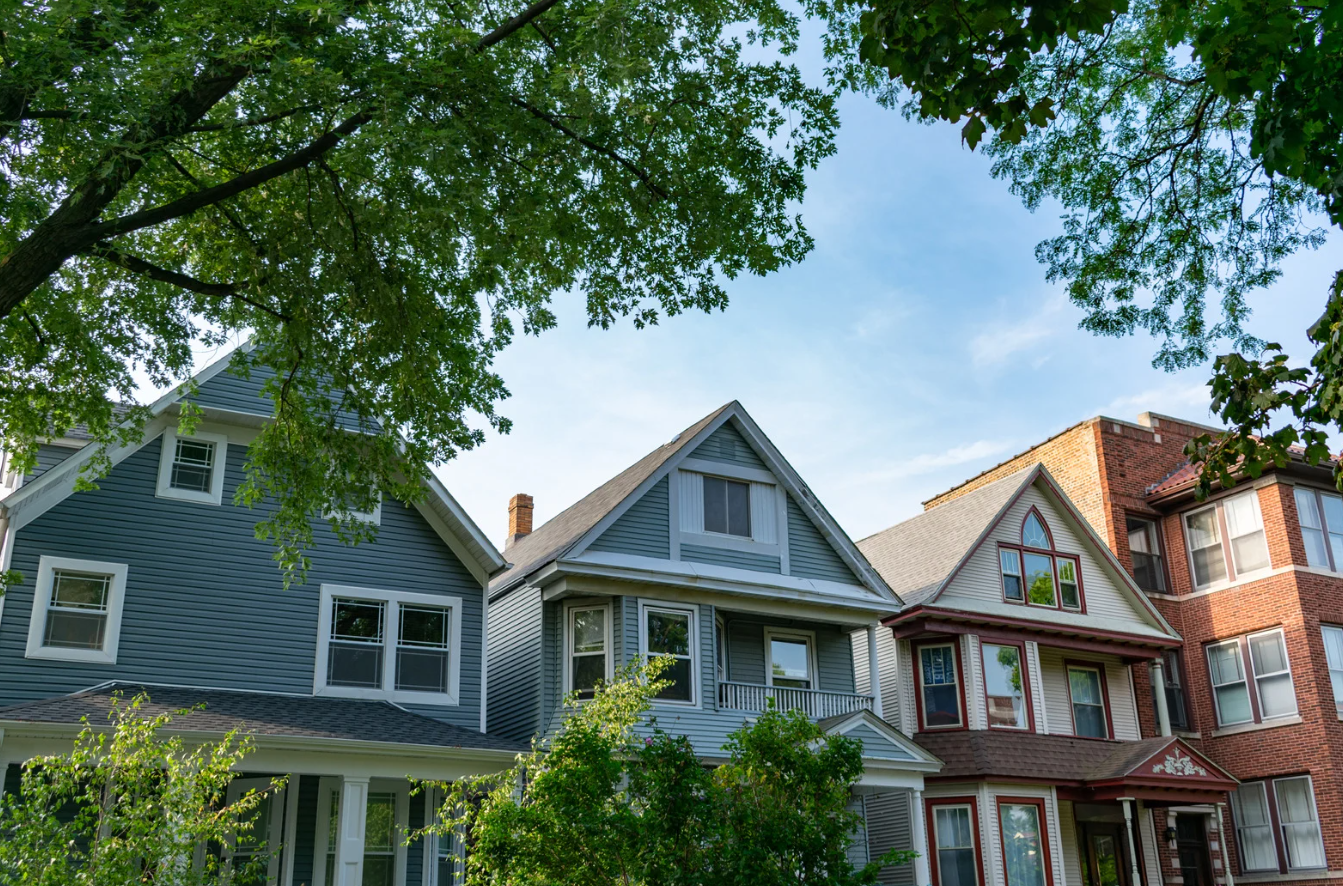Living in a home where you’re comfortable and happy is the ultimate goal. Many people find they’re one step closer to that objective when buying an old house. Fancy doorknobs, unique staircases and high-quality trimmings can provide such warm feelings.
That said, most old homes are rough around the edges and require renovation to be fully functional. The challenge is understanding how to maintain the house’s character throughout the process.
The Benefits of Keeping an Old Home’s Character
The housing crisis will likely affect you whether you’re looking for a home as somewhere to settle down or an investment asset. Luckily, you can likely find an old house on the market. About 3.02 million homes in America are between 91 and 100 years old. Every single property has a story to tell.
An older house’s character can be attributed to its quality construction and expert craftsmanship. The ambiance and look represent a premium design with remnants of the past. Keeping the essence of an old home can make your stay much more memorable.
Plus, the elements of an older home can be quite an attractive factor for future homebuyers. Use historical significance and architecture as a main selling point. You can still conduct several home improvement projects while keeping those elements if you play your cards right.
Maintaining Your Old Home’s Character
Every homeowner will have their own approach to maintaining their home’s character. Some people lean toward the vintage aspect and focus solely on restoration. Here’s how to keep your old property's charm while improving it.
Develop a New Layout
An old home will likely have an unconventional layout compared to a newer one. If you prefer to enter the living room instead of the kitchen or dining area when coming through the door, make changes. Assess the room's appearance and create a new floor plan.
Are you planning extreme changes like moving the bathroom to an older walk-in closet? Remember to request the help of a plumbing professional. Assess and ask whether installing or extending pipes into the new space is viable.
Check the Structural Integrity
If your home is over 20 years old, examine whether it's prone to structural problems. Look for visible signs such as foundation or wall cracks and uneven floors. Homeowners can also check the roof to see whether it seems saggy.
You should ask a structural engineer to assess the building's integrity. It’s impossible to maintain the old home’s character if it suddenly collapses.
Don’t Touch What’s Unique
Before starting renovations, decide what nonnegotiable parts of the old home you want to maintain the most. Some people might be OK with replacing older wallpaper or finding door replacements. However, old stair balusters, mudroom entryways and similar features can be nearly impossible to recreate. Preserve them throughout the home improvement process.
Undo Questionable Renovations
Previous homeowners may have conducted several renovations to spruce up the house before putting it on the market. Repairs can be honorable, but some do too much. Focus on restoring the old home’s past charms by peeling back the carpet or wall coverings.
Once the old house lays bare, you may see aspects you want to keep or improve. For example, hardwood floors with a beautiful mahogany finish can be quite a spectacle. A buffing and recoating session might revitalize them if they are dented or scratched.
Create New Remodeling Projects
After reviewing past renovation projects, it’s time to conduct your own. Work on one area at a time to avoid overwhelming yourself and other helping hands. The kitchen is always a good place to start since it can give you a high return on investment.
This can be a crucial factor to aim for when improving your old home, especially if you ever plan on selling it. Calculate your ROI by dividing project costs by value increases and converting them into percentages.
Add to the Existing Style
One of the main driving factors behind an old home’s character is its interior design. Check what decorative pieces you can add. New items enhance the existing style of the home while making it feel more like yours.
For example, if the dining area has a stunning chandelier, you can add an elegant table centerpiece to match its energy. Items like vintage picture frames and a grandfather clock can also improve the area.
Include Modernized Elements
Keeping the decorations vintage doesn’t mean you can’t add practical elements. Here are some modern elements to consider adding:
● Windows and doors: Newer windows and doors are vital for improving insulation quality. Adding caulking and weather-stripping can also regulate energy usage and costs in the long run.
● Heating and cooling units: While a furnace can warm the house, old homes in colder climates should have newer, more energy-efficient heaters. Air conditioning is key for maximum comfort if you’re in a warmer location.
● Appliances: Swap out the old gas cooker for induction stoves and electrical ovens in the kitchen. You can also install televisions in the living room and bedroom to provide entertainment opportunities.
● Plumbing fixtures: Install water-efficient models rather than settling for an older showerhead and toilet. You can also upgrade the sinks to improve their look and functionality.
● Electrical systems: Previous owners may not have prioritized adding more outlets. Expand the electrical system to plug in your devices whenever and wherever you need.
Improve Storage Capabilities
Some old homes offer cabinetry, while others will not. Do your best to expand storage options, especially in item-heavy rooms like the kitchen and bedroom. You can also improve their functionality by adding organizers and storage bags. Having extra options is a must, especially with more possessions.
Choose New Paint
An old home can benefit from a new coat of paint to bring it back to life. Add a splash of color to baseboards and moldings, or if you want to keep their original color, restore and work around them instead. Darker greens and blues can create a satisfying contrast if they're a cream color.
Allow an Old Home to Shine
An old home’s character can be hard to define, but you can see it in the smaller details. It’s also present in the overall ambiance of the space. Maintain its essence while making the house your own.





